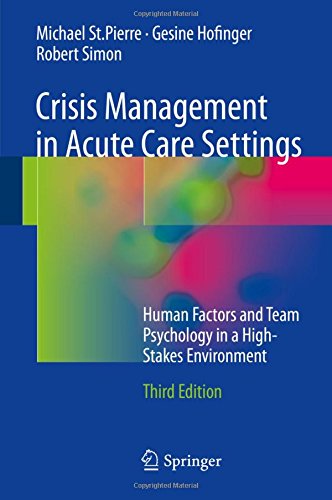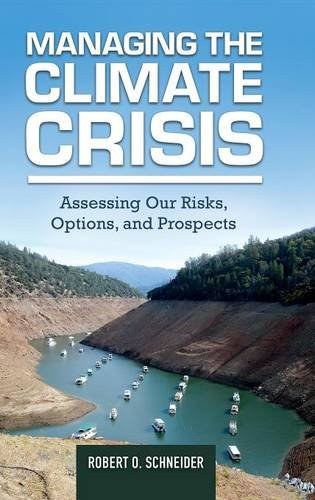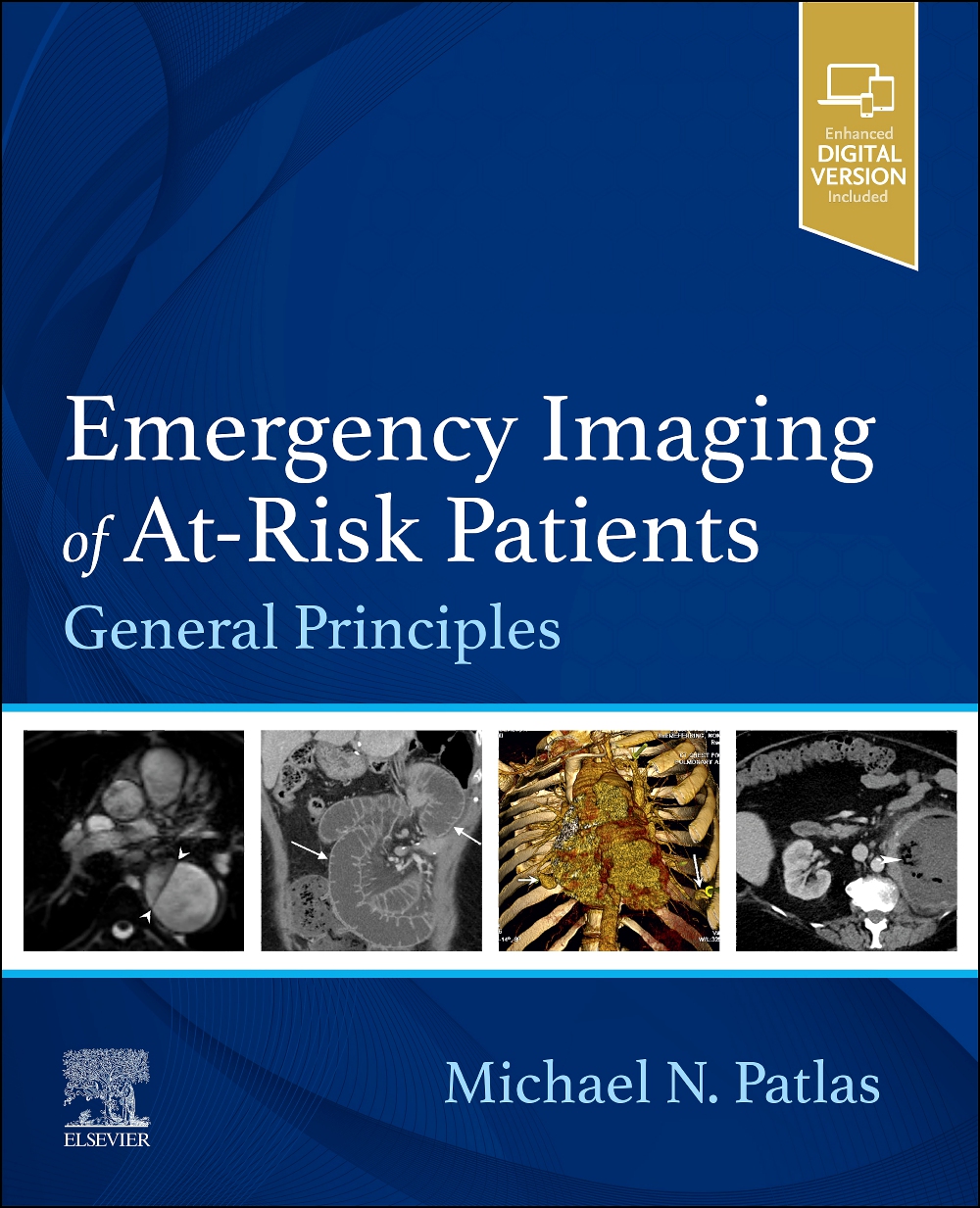"The Impact of Ice Melt on Pets: Understanding the Risks and Safety Measures"
#### Ice Melt and PetsAs the planet continues to warm, the phenomenon of ice melt is becoming increasingly prevalent. This environmental change not only aff……
#### Ice Melt and Pets
As the planet continues to warm, the phenomenon of ice melt is becoming increasingly prevalent. This environmental change not only affects ecosystems and wildlife but also poses significant risks to our beloved pets. Understanding the implications of ice melt for pets is crucial for pet owners who want to ensure the safety and well-being of their furry companions.
### The Connection Between Ice Melt and Pets
The melting of ice, particularly in polar regions, contributes to rising sea levels and alters habitats. As natural landscapes change, pets may find themselves exposed to new environmental challenges. For instance, as ice melts, previously frozen areas may become more accessible, leading to increased exposure to hazards such as sharp ice shards or treacherous terrain. Furthermore, with changing ecosystems, pets may encounter unfamiliar wildlife, which could pose risks of aggression or disease transmission.
### Health Risks for Pets

One of the most pressing concerns for pets during periods of ice melt is the potential for health risks. For example, as ice melts, stagnant water may form, creating breeding grounds for mosquitoes and other pests that can transmit diseases. Additionally, pets that roam in areas affected by ice melt may be at risk of ingesting harmful substances, such as antifreeze or chemicals that have been washed into the environment.
### Safety Measures for Pet Owners
To mitigate the risks associated with ice melt, pet owners should take proactive steps to protect their pets. Here are some essential safety measures:
1. **Limit Outdoor Exposure**: During periods of significant ice melt, it’s advisable to limit your pets’ time outdoors, especially in unfamiliar areas. This helps reduce the risk of injury from sharp debris or encounters with wildlife.

2. **Stay Informed**: Keep an eye on local environmental changes and be aware of any warnings related to water quality or wildlife activity in your area. This information can help you make informed decisions about when and where to take your pets.
3. **Provide Clean Water**: Ensure your pets have access to clean, fresh water at all times. Stagnant water can be contaminated, so it’s best to avoid letting your pets drink from puddles or standing water.
4. **Regular Vet Check-ups**: Regular veterinary visits can help monitor your pets’ health and catch any potential issues early on. Discuss any concerns you may have about the effects of ice melt and changing environmental conditions on your pets.
5. **Training and Supervision**: Training your pets to respond to commands can be particularly useful in unfamiliar environments. Always supervise your pets when they are outside, especially in areas affected by ice melt.

### Conclusion
The relationship between ice melt and pets is an important one that requires attention from pet owners. By understanding the potential risks and implementing safety measures, we can help protect our furry friends from the adverse effects of a changing environment. As we continue to witness the impacts of climate change, it is our responsibility to ensure the safety and well-being of our pets in an ever-evolving world.